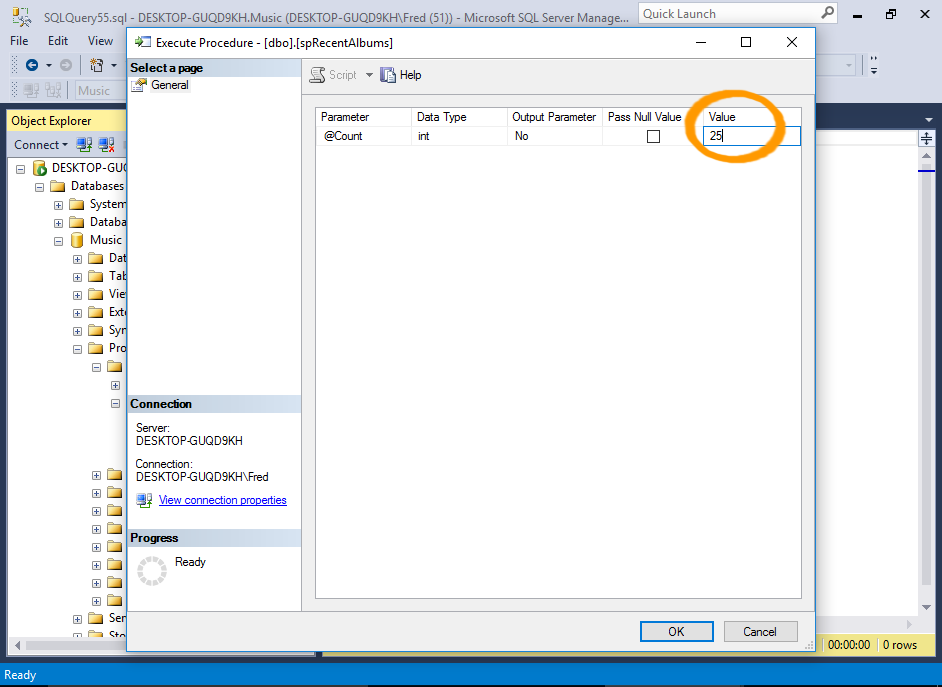

- #Codevisionavr 3.22 serial
- #Codevisionavr 3.22 driver
- #Codevisionavr 3.22 license
- #Codevisionavr 3.22 free
Examples of the former include the Intel 8255, which interfaces 24 GPIOs to a parallel bus, and various GPIO 'expander' ICs, which interface GPIOs to serial buses such as I☬ and SMBus. Some ICs provide GPIOs as a primary function whereas others include GPIOs as a convenient 'accessory' to some other primary function. If used, the purpose and behavior of a GPIO is defined and implemented by the designer of higher assembly-level circuitry: the circuit board designer in the case of integrated circuit GPIOs, or system integrator in the case of board-level GPIOs.Contents1 Integrated circuit GPIOs2 Board-level GPIOs3 Usage4 Implementation5 See also6 References7 External linksIntegrated circuit GPIOsIntegrated circuit (IC) GPIOs are implemented in a variety of ways.
#Codevisionavr 3.22 free
Privacy policy About Wikipedia Disclaimers Contact Wikipedia Developers Cookie statement Mobile viewFrom Wikipedia, the free encyclopedia Jump to navigation Jump to search A general-purpose input/output (GPIO) is an uncommitted digital signal pin on an integrated circuit or electronic circuit board whose behavior-including whether it acts as input or output-is controllable by the user at run time.GPIOs have no predefined purpose and are unused by default. Wikipedia® is a registered trademark of the Wikimedia Foundation, Inc., a non-profit organization. By using this site, you agree to the Terms of Use and Privacy Policy.

#Codevisionavr 3.22 license
Text is available under the Creative Commons Attribution-ShareAlike License additional terms may apply. You can help Wikipedia by expanding it.vte Retrieved from '' Categories: Events (computing)Input/outputMicrosoft application programming interfacesComputer science stubsHidden categories: CS1 maint: BOT: original-url status unknownWebarchive template wayback linksAll stub articles Navigation menu Personal tools Not logged inTalkContributionsCreate accountLog in Namespaces ArticleTalk Variants Views ReadEditView history More Search Navigation Main pageContentsFeatured contentCurrent eventsRandom articleDonate to WikipediaWikipedia store Interaction HelpAbout WikipediaCommunity portalRecent changesContact page Tools What links hereRelated changesUpload fileSpecial pagesPermanent linkPage informationWikidata itemCite this page Print/export Create a bookDownload as PDFPrintable version Languages 中文 Edit links This page was last edited on 11 April 2017, at 04:43 (UTC).

#Codevisionavr 3.22 driver
CS1 maint: BOT: original-url status unknown (link)External linksArticle 'Inside I/O Completion Ports' at the Wayback Machine (archived November 1, 2010) by Mark Russinovich.IOCPSOCK - an IOCP implementation of a channel driver for the Tcl language to run on Windows NT/2K/XP/VistaThis computer science article is a stub. Archived from the original on July 19, 2011. The I/O completion port manages multiple threads and their concurrency.See alsoOverlapped I/OkqueueepollReferences^ Windows I/O Completion Ports^ Configuring IOCP on AIX 5 and 6^ 'Solaris 10 I/O Completion Ports'. A process requesting I/O services is not notified of completion of the I/O services, but instead checks the I/O completion port's message queue to determine the status of its I/O requests. When I/O services are requested on the object, completion is indicated by a message queued to the I/O completion port. An input/output completion port object is created and associated with a number of sockets or file handles. For the program on IBM mainframes, see Input/Output Configuration Program.Input/output completion port (IOCP) is an API for performing multiple simultaneous asynchronous input/output operations in Windows NT versions 3.5 and later, AIX and on Solaris 10 and later. From Wikipedia, the free encyclopedia Jump to navigation Jump to search 'IOCP' redirects here.


 0 kommentar(er)
0 kommentar(er)
